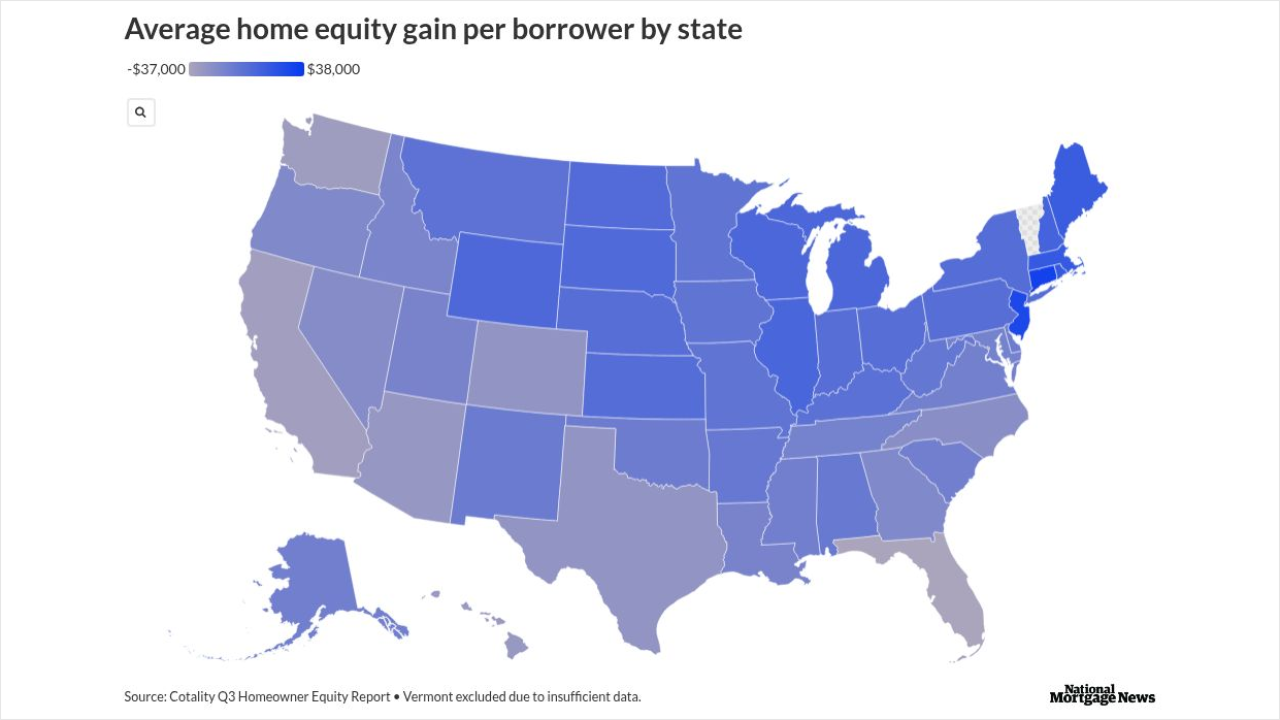The credit-card sector had a strong showing in last week's asset-backed market, as issuers such as Fleet Bank, World Omni Financial Corp. and U.K.-based Arran One were tapping demand despite continued market volatility and fluctuating swaps.
"Market conditions remain somewhat neurotic," explained one asset-backed analyst. "Swaps spreads continue to move in and out. Given that uncertainty, the preference for investors is still floating-rate and short, fixed-rate securities, ideally in the two-to-three year range."
In particular, demand for floating-rate credit cards was strong last week. For example, the Fleet transaction, which priced on the tight side of talk, was upsized - a strong indication that the demand for floating-rate credit card-backed securities still reigns.
Significantly, last week, the Royal Bank of Scotland's Arran One deal, which was managed by Salomon Smith Barney, was only the second deal brought to the U.S. backed entirely by European collateral (see Arran p. 17). The deal was said to have a solid execution, despite the fact that the loans were originated on an island.
"It was priced cheap to U.S. credit card issuers, as it should be since it is a new name to the marketplace, but I heard it went excellently," said one market player.
A Neurotic Market
Though there seems to be healthy demand, the market is still risky for issuers - especially fixed-rate issuers - amid fluctuating rates and the search for a benchmark, where even a name like Ford Motor Credit faces volatility.
"The Ford deal which went out [the week before last] was ready to go out with talk, but then they had to widen it out," an analyst explained. "It had nothing to do with the deal, but Ford was quote-unquote the victim of swap spreads, so pricing had to go out."
As a result, choppy spreads have kept issuance down. While most market participants were looking at $45 billion to $50 billion of issuance in the first quarter, year-to-date volume has come in at roughly $40 billion, with one week to go.
"Market conditions have not been conducive to more supply, and issuers have been cautious to downright defensive so far," the analyst said. "I think as we go into the second quarter, people are wondering when are we going to see the issuance come?'"
Most people believe there's been a lot warehousing on the part of issuers, which has sort of put the market in a similar position to where it was at the start of the quarter, when players were waiting for the held back fourth-quarter supply to hit.
"One of the broader things going on out here... is everyone is asking, What am I going to use as a benchmark?'" said Jeff Salmon of Barclays Capital. "I think we're still going through that process of trying to figure out what to use as a benchmark."
With the announcement that the Treasury made last week, which basically stated that Fannie Mae and Freddie Mac are not government debt, the idea of using either of the two for indexing fell through (see story p. 1).
"Another thought has been to use the swap spreads as benchmark, and those have moved around like a banshee," Salmon said. "And the volatility that you see in swap spreads in any one day is pretty dramatic. It's like, people ask, Where are swap spreads?', Oh, they're out five or six points?', and Where are fixed-rate credit cards?', Oh they're out five or six points', Is there anything fundamentally wrong with the market?', No, they're just out.'"





